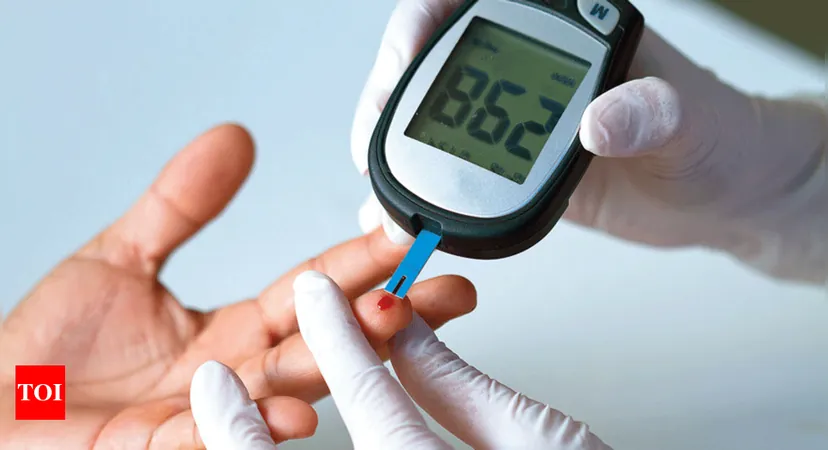
Could H. Pylori Testing Revolutionize Colorectal Cancer Screening? New Study Raises Questions!
2024-10-02
A Groundbreaking Study
A groundbreaking study published in JAMA has shed light on the potential impact of incorporating a Helicobacter pylori (H. pylori) stool antigen test into traditional fecal immunochemical testing (FIT) for colorectal cancer screening. The research, conducted among a staggering 240,000 adults aged 50 to 69 in Taiwan, aims to understand if this combined approach could enhance screening participation and efficacy.
Methodology
Participants were randomly divided into two groups: one received invitations for both the H. pylori test and FIT, while the other was offered FIT alone. Out of the invited, an impressive 49.6% (31,497 out of 63,508) participated in the combined testing, compared to just 35.7% (31,777 out of 88,995) for FIT alone. This stark difference suggests that adding H. pylori testing could significantly boost engagement in the screening process.
Results of H. Pylori Testing
Among the 12,142 individuals who tested positive for H. pylori, a notable 71.4% underwent successful antibiotic treatment, leading to an impressive eradication rate of 91.9%. However, when it came to the subsequent detection of gastric cancer, the study found an incidence of 0.032% in those who underwent both tests versus 0.037% in the FIT-only group—a difference that was not statistically significant.
Follow-Up and Mortality Rates
Final follow-ups for the study occurred on December 31, 2020, after data collection from January 1, 2014. The research primarily focused on the incidence of gastric cancer and associated mortality. While the combined testing appeared to lower gastric cancer incidence, both groups showed nearly identical mortality rates (0.015% in the H. pylori + FIT group and 0.013% in the FIT-only group), leading to the conclusion that adding H. pylori testing did not significantly change outcomes in terms of mortality.
Study Limitations
However, there are notable limitations to consider. A considerable number of individuals—38,792—were unreachable, and 48,705 never received invitations, indicating significant exclusion which could affect the study's reliability. Additionally, the overall low participation rates, especially in the FIT-only group, raise concerns about data skewing.
Side Effects and New Trends
The study also observed that among those treated for H. pylori, common side effects from antibiotics included minor abdominal pain and dyspepsia, though these were relatively infrequent.
Experts argue that this research aligns with emerging diagnostic trends, showcased by the recent introduction of the Rapid H. pylori Antigen Test Card by MP Biomedicals. This innovative test aids in diagnosing H. pylori infections and monitoring treatment efficacy, which could play a crucial role in broader colorectal cancer screening strategies.
Conclusion
In summary, while the integration of H. pylori testing and FIT has not established a significant reduction in gastric cancer rates or mortality compared to FIT only, it indicates a promising avenue for potentially improving screening strategies. The dual testing approach appears to be an effective way of enhancing participation rates, but further investigation is warranted to truly understand its long-term benefits in cancer prevention. Stay tuned as this critical area of research continues to evolve—could we be on the precipice of a major breakthrough in cancer screening?
Don't miss out—discover how new advancements in testing could change the face of colorectal cancer detection forever!




 Brasil (PT)
Brasil (PT)
 Canada (EN)
Canada (EN)
 Chile (ES)
Chile (ES)
 España (ES)
España (ES)
 France (FR)
France (FR)
 Hong Kong (EN)
Hong Kong (EN)
 Italia (IT)
Italia (IT)
 日本 (JA)
日本 (JA)
 Magyarország (HU)
Magyarország (HU)
 Norge (NO)
Norge (NO)
 Polska (PL)
Polska (PL)
 Schweiz (DE)
Schweiz (DE)
 Singapore (EN)
Singapore (EN)
 Sverige (SV)
Sverige (SV)
 Suomi (FI)
Suomi (FI)
 Türkiye (TR)
Türkiye (TR)